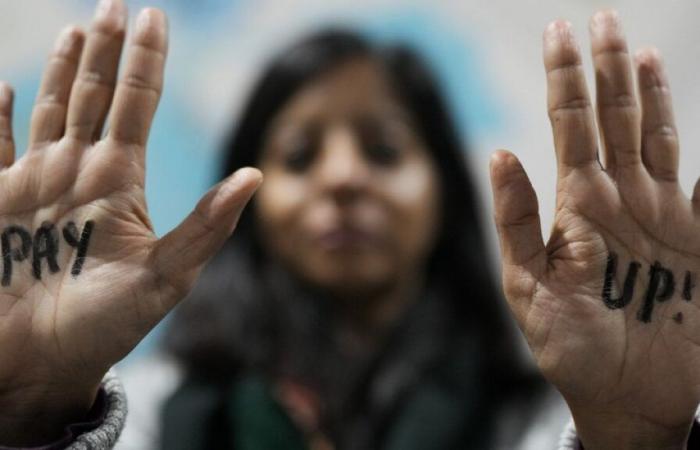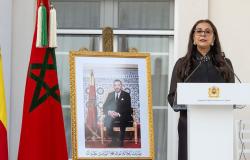After a turbulent week, an agreement was finally reached. $300 billion per year will be allocated to developing countries to finance the fight against climate change, a sum far below the $1.3 trillion target that many had hoped for.
ADVERTISEMENT
Early Sunday morning in Baku, long applause followed COP29 President Mukhtar Babayev’s declaration that an agreement had been reached on how rich countries would financially support poor countries in their fight against climate change.
A painful birth: the negotiations were stormy almost throughout the negotiations: the talks even passed on the verge of failure after developing countries walked out of the talks on Saturday, temporarily suspending negotiations.
In the end, the amount of 300 billion dollars put on the table was immediately criticized as “insignificant” by a delegate from India, a sentiment shared by many at the negotiations, particularly representatives of developing countries who had requested a much higher amount (1300 billion dollars).
Ani Dasgupta, president and CEO of the World Resources Institute, said the final amount was “a significant down payment towards a more secure future and more equitable”, but admitted that the poorest and most vulnerable nations were “legitimately disappointed that the richest countries have not put more money on the table when the lives of billions of people are at stake.”
Attention will now need to shift to how the final text of the COP29 agreement will be implemented in practice, as well as how other stakeholders can contribute to bridging the gap in financing the fight against climate change.
Who can help fill the funding gap?
The COP29 text contains a line that asks all parties to cooperate using “all public and private sources” to get closer to 1300 billion dollars.
It is in fact a call for multilateral banks, as well as the private sector and its vast resources, to help fill the climate finance gap that governments cannot or do not want to fill alone.
All eyes are therefore on these multilateral banks financed by the taxpayers’ money of their member countries. They currently constitute the largest and most dynamic source of financing for the fight against climate change for developing countries.
Also called development banks (MDBs), these institutions are tied to mandates that require them to provide development assistance, at a low rate compared to private banks, of different types, to regions in need. This could involve, for example, financing a railway line essential to facilitate economic growth in a given region or providing a loan for the construction of a renewable energy project.
The largest of these is the World Bank, with regional examples such as the Asian Development Bank, headquartered in Manila, and the African Development Bank (ADB), headquartered in Adbidjan.
It is largely thanks to these institutions that in 2022 the world achieved the goal that countries set in 2009, namely to provide developing countries with $100 billion per year to combat change. climatic. In fact, climate finance provided by these banks to developing countries more than tripled between 2013 and 2022reaching $47 billion this year alone, according to the OECD creditor country reporting system.
Going forward, however, MDBs will need considerable help to meet climate finance targets.
The hope underlying the COP29 text’s call for “private sources” to fill the financing gap will also require private investors, such as private commercial banks, to redouble their efforts to get closer to the objective.
In 2022, private investors contributed $22 billion to finance the fight against climate change, significantly less than the $41 billion provided by foreign governments.
Where will the money go?
The agreement reached this weekend replaces one 15 years ago, which required rich countries to pay $100 billion a year to developing countries to finance the fight against climate change.
This year’s agreement pursues similar objectives and aims to helping poorer countries prepare for a warming world and prevent it from heating up. This will include financing the transition from fossil fuels to clean energy and putting in place the infrastructure necessary for the large-scale installation of technologies such as wind and solar power.
Additionally, regions hit hard by extreme weather will need money to adapt and prepare for events such as floods, typhoons and fires. Agricultural practices will also need to become more resilient to extreme weather, as will the construction of new homes.






